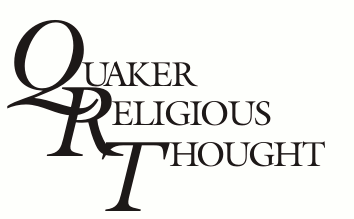
Abstract
Scholarly interest in early Quaker women is not particularly recent, but the research gathered in the edited volume New Critical Studies on Early Quaker Women, 1650-1800 shows that this area of inquiry remains vital and continues to be reassessed. While the editors gesture to Mabel Richmond Brailsford’s Quaker Women, 1650-1690 (1915) as a “pioneering work” (1), the scholarship on early Quaker women began in earnest during the 1990s as a part of the broader growth in the field of women’s studies—although this was preceded by the books of Margaret Hope Bacon, especially Mothers of Feminism (1986). Studies such as Phyllis Mack’s Visionary Women (1992), and Hilary Hinds’s God’s Englishwoman (1996) treated Quaker women as integral to understanding seventeenth-century radical religious women generally, and Elaine Hobby and Michelle Lise Tarter authored important stand-alone articles solely focused on women Friends. Entire monographs dedicated to the subject soon appeared in the form of Rebecca Larsons’s Daughters of Light (1999) and Catie Gill’s Women in the Seventeenth-Century Quaker Community (2005). Yet, as Tarter and Gill—the editors of the new volume—point out, their edited collection is “the first of its kind,” that is, a book “bringing together a community of scholars in religion, history, and literature to assess the dynamic impact of these women within their society and throughout the transatlantic world” (1).
Recommended Citation
Miller, Jay
(2019)
"Review of New Critical Studies on Early Quaker Women, 1650-1800, Edited by Michele Lise Tarter and Catie Gill (Oxford: Oxford University Press, 2018),"
Quaker Religious Thought: Vol. 132, Article 9.
Available at:
https://digitalcommons.georgefox.edu/qrt/vol132/iss1/9
